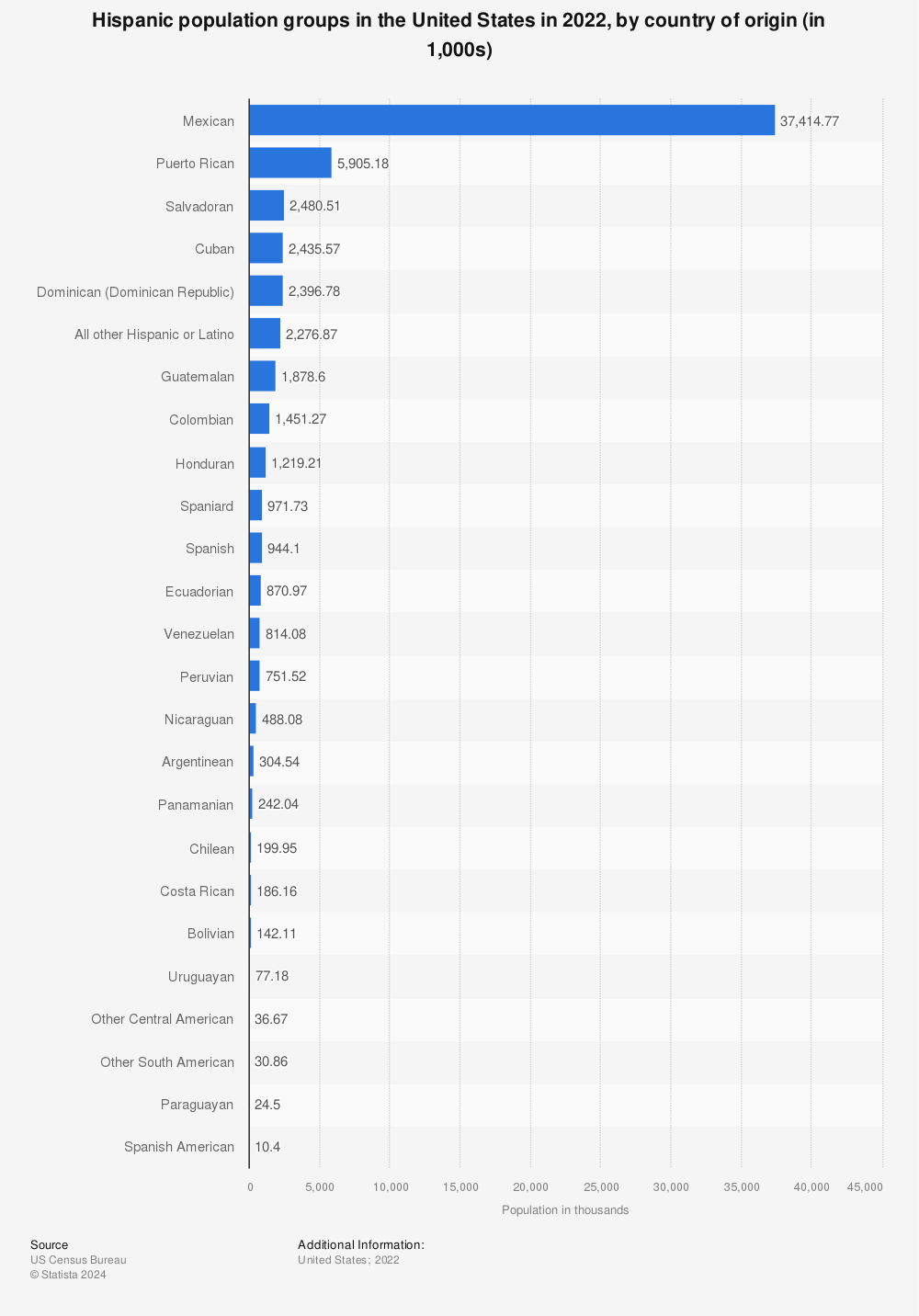

In 1968, Congressman George E. Brown of California introduced the idea of a Hispanic Heritage Week. The Chicano movement made Americans realize the importance of the Hispanic populations' contributions to American life. In September of 1968, Congress passed a law authorizing and requesting that the sitting president issue an annual proclamation designating the week of September 15 as National Hispanic Heritage Week. Twenty years later, Congress amended the law to dedicate an entire month to Hispanic Heritage; President George H.W. Bush issued the first month-wide proclamation in 1989. Now, National Hispanic Heritage Month is celebrated in America every year from September 15 to October 15 and coincides with the anniversary of independence for the Latin American countries of Guatemala, Honduras, El Salvador, Nicaragua, and Costa Rica (September 15) and the independence days of Mexico (16) and Chile (18).
Learn more about Hispanic Heritage Month and Hispanic History.
National Museum of the American Latino offers exhibitions, public programs, educational materials, learning opportunities and Gallery.
This research guide will use the term "Hispanic" throughout as it is the official name of the cultural heritage month used by the United States Census Bureau, the National Parks Service, the National Museum of the American Latino, the National Archives, and the United States Presidential Proclamations for the celebration each year.

Who is Hispanic? - Pew Research Center
In 1976, Congress passed a law that required the government to collect and analyze data for a specific ethnic group: “Americans of Spanish origin or descent.” That legislation defined this group as “Americans [who] identify themselves as being of Spanish-speaking background and trace their origin or descent from Mexico, Puerto Rico, Cuba, Central and South America, and other Spanish-speaking countries.” This includes around 20 Spanish-speaking nations from Latin America and Spain itself, but not Portugal or Portuguese-speaking Brazil.
To implement this law, the U.S. Office of Management and Budget (OMB) developed Statistical Policy Directive No. 15 (SPD 15) in 1977, then revised it in 1997 and again in March 2024. In the most recent revision, OMB updated racial and ethnic definitions when it announced the combined race and ethnicity question. The current definition of “Hispanic or Latino” is “individuals of Mexican, Puerto Rican, Salvadoran, Cuban, Dominican, Guatemalan, and other Central or South American or Spanish culture or origin.”
Hispanic Association of Colleges and Universities (HACU) was established in 1986 and "...represents more than 500 colleges and universities committed to Hispanic higher education in the U.S., Puerto Rico, Latin America and Spain.."
Puerto Rican Studies - Centro de Estudios Puertorriqueños (Hunter College, CUNY) and The Puerto Rican and Hispanic Caribbean Studies Department (Rutgers University).
The Hispanic population of the United States as of July 1, 2024 is 68 million making it the nation’s largest racial or ethnic minority — 20% of the total population. (Source: Vintage 2024 Population Estimates). Hispanic Population by State More population data here.


[Venn diagram of the differences and intersections of Latino and Hispanic countries]. (n.d.). Viva Latin America Tumblr. https://66.media.tumblr.com/6dda12755759dbbf6d874de129aed807/tumblr_pczrmehMdQ1u5wnaho1_r1_1280.jpg
Statista
https://www.statista.com/statistics/234852/us-hispanic-population/
US Census
https://www.census.gov/library/visualizations/2018/comm/hispanic-projected-pop.html